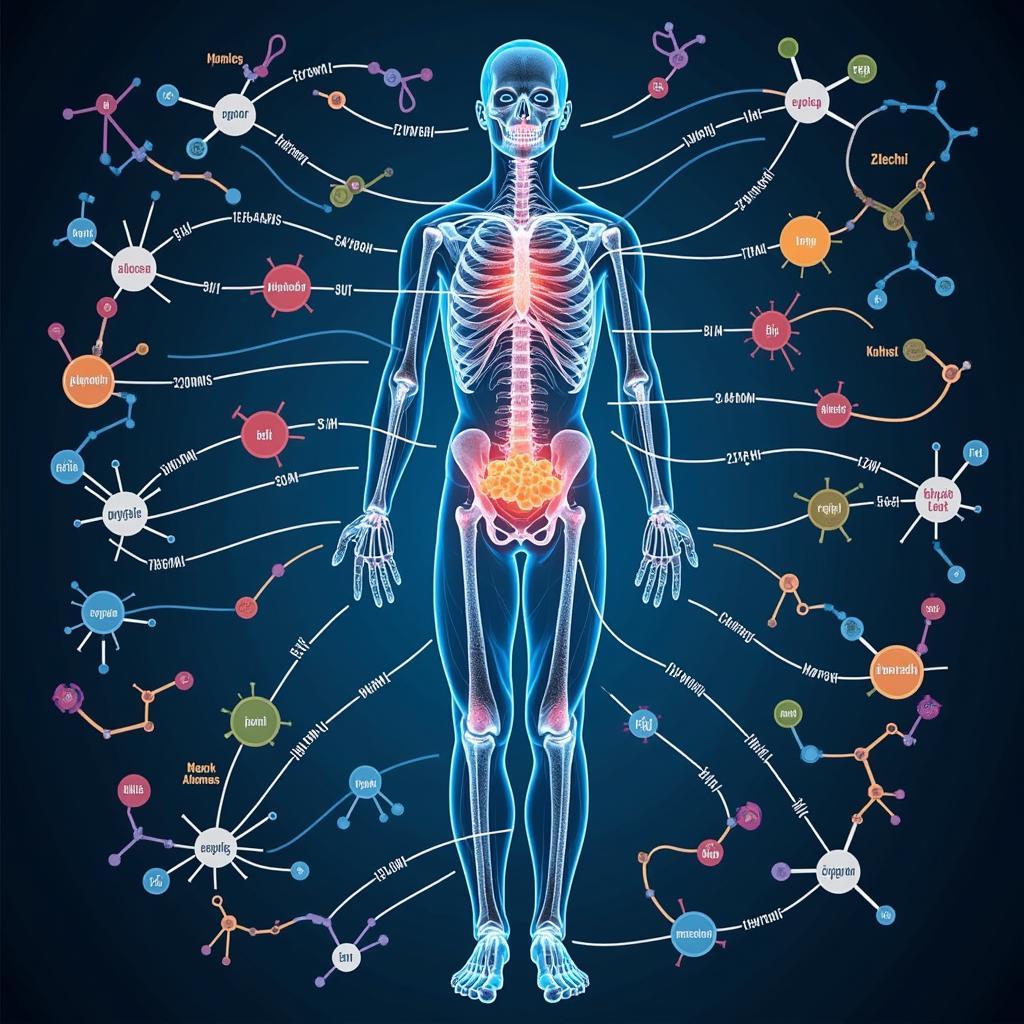The Definition Of Asean is more than just an acronym; it represents a vibrant tapestry of cultures, economies, and aspirations. Within the first few decades of its existence, ASEAN has emerged as a key player on the global stage, fostering cooperation and driving progress within Southeast Asia. This article delves into the multifaceted definition of ASEAN, exploring its history, purpose, and significance in shaping the future of the region and beyond.
Unpacking the Definition of ASEAN: More Than Just an Acronym
The Association of Southeast Asian Nations (ASEAN) is a regional intergovernmental organization comprising ten Southeast Asian countries: Brunei, Cambodia, Indonesia, Laos, Malaysia, Myanmar, the Philippines, Singapore, Thailand, and Vietnam. Founded on August 8, 1967, with the signing of the Bangkok Declaration, ASEAN’s primary goal was to promote peace, stability, and cooperation among its member states. asea definition antonym Over the years, the definition of ASEAN has evolved to encompass a wider range of objectives, including economic growth, social progress, and cultural development.
The Pillars of ASEAN: Cooperation in Action
The definition of ASEAN is underpinned by three fundamental pillars: the Political-Security Community, the Economic Community, and the Socio-Cultural Community. These pillars represent the core areas of cooperation and integration within ASEAN, working synergistically to achieve a shared vision of a peaceful, prosperous, and integrated Southeast Asia. The Political-Security Community focuses on maintaining regional peace and stability, while the Economic Community strives to create a single market and production base. The Socio-Cultural Community, meanwhile, aims to foster a sense of shared identity and promote people-to-people connectivity.
What is the Definition of ASEAN’s Role in the Global Landscape?
ASEAN plays a crucial role in the global arena, acting as a bridge between major powers and a platform for dialogue and cooperation on regional and international issues. Its strategic location, combined with its growing economic clout, has made ASEAN a significant player in international trade and investment. Furthermore, ASEAN’s commitment to multilateralism and its active engagement in regional and global forums have enhanced its stature as a respected voice on the international stage.
What Does the Future Hold for ASEAN?
The definition of ASEAN continues to evolve as the organization adapts to the changing global landscape. Facing challenges such as geopolitical tensions, climate change, and technological advancements, ASEAN must remain agile and forward-thinking to ensure its continued relevance and effectiveness. asea definition bewildered The organization’s focus on innovation, digital transformation, and sustainable development will be critical in navigating these challenges and realizing its vision of a resilient and dynamic Southeast Asia.
“ASEAN’s ability to adapt and innovate will be key to its future success,” says Dr. Maria Santos, a prominent Southeast Asian economist. “The organization must embrace new technologies and foster greater collaboration to address the complex challenges facing the region.”
Conclusion: The Definition of ASEAN – A Beacon of Hope for Southeast Asia
The definition of ASEAN encapsulates a shared vision of peace, prosperity, and progress for Southeast Asia. From its humble beginnings as a regional organization focused on stability, ASEAN has transformed into a dynamic force for integration and cooperation, playing a vital role in shaping the future of the region. asea defination By fostering dialogue, promoting collaboration, and embracing innovation, ASEAN continues to strive towards its goal of building a resilient, inclusive, and prosperous Southeast Asian community.
FAQ
- What does ASEAN stand for? (Answer: Association of Southeast Asian Nations)
- When was ASEAN established? (Answer: August 8, 1967)
- How many member states are there in ASEAN? (Answer: 10)
- What are the three pillars of ASEAN? (Answer: Political-Security Community, Economic Community, and Socio-Cultural Community)
- Where is the ASEAN Secretariat located? (Answer: Jakarta, Indonesia)
- What is the ASEAN Charter? (Answer: The legally binding document that governs ASEAN)
- How does ASEAN promote regional cooperation? (Answer: Through various mechanisms such as summits, ministerial meetings, and sectoral dialogues)
Need support? Contact us 24/7: Phone: 0369020373, Email: [email protected], or visit us at: Thon Ngoc Lien, Hiep Hoa, Bac Giang, Vietnam.


